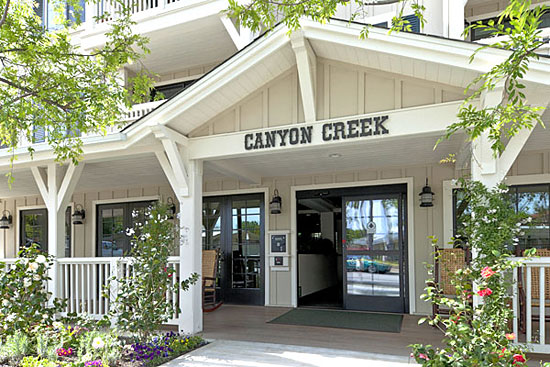More affordable housing in the works

With affordable housing in short supply, the Canyon Creek development in Calabasas helps meet a growing need.
In a compromise intended to bolster the county’s supply of affordable housing even in times of budget uncertainty, the Board of Supervisors this week unanimously voted to set aside $15 million to build low- and moderate-income units.
At least half of the money will go to housing for the homeless and people with special needs.
Affordable housing projects across the county have been in limbo since the state moved to dissolve local redevelopment agencies last year. Since then, L.A. County has received some $75 million in unused affordable housing funds from the dissolution of the agencies.
A motion by Supervisors Gloria Molina and Mark Ridley-Thomas initially proposed that the entire $75 million be placed in an affordable housing trust fund to be used to fund projects over the next five years.
However, with looming uncertainty about coming demands on the county’s 2013-14 budget, Supervisor Zev Yaroslavsky offered a substitute motion to allocate $15 million now and decide what to do with the rest of the funds during the upcoming budget process. He said he supports devoting the funds to affordable housing in future years if the budget allows for it. The board approved the motion 5-0.
Before the vote, the board heard from a series of affordable housing advocates.
“Every night, over 8,000 homeless veterans sleep on L.A.streets, under bridges, in parks and in encampments. Nearly 2,500 of these homeless men and women have been on the streets for a year or more, and many struggle with PTSD, addictions to drug and alcohol, and chronic health conditions like hepatitis, heart disease, diabetes and HIV. The number of women veterans ending up on our streets is increasing at an alarming rate,” one of the speakers, Gigi Szabo of New Directions, told the supervisors. “Please help us create more housing for veterans by making sure that the money goes to affordable housing development.”
Maura Johnson of the Hollywood Community Housing Corporation added: “We have three projects that would greatly benefit from immediate funding,” including a transit-close development in the Third District featuring 54 units for families.
Affordable housing is priced for those making less than the area median income. According to a 2012 Regional Planning report, they range from a single person earning $17,750 or less annually to a family of four making $67,450 or less. Such housing represents a small fraction of the county’s overall housing stock. The Southern California Association of Governments has estimated that the unincorporated areas of the county alone need to add more than 30,000 units of extremely low- to moderate-income housing by 2014.
Posted 3/7/13






